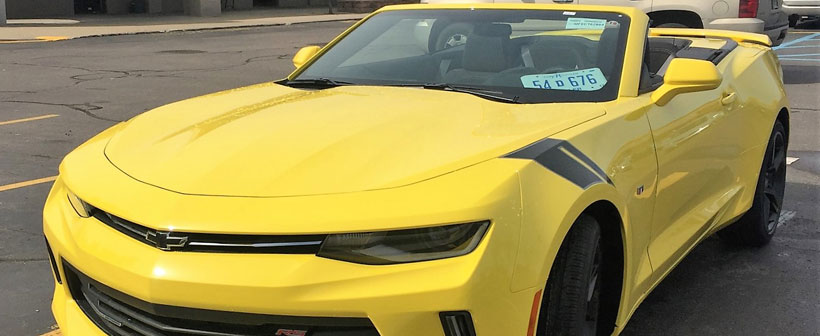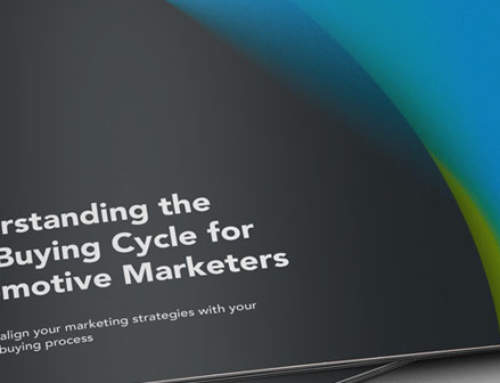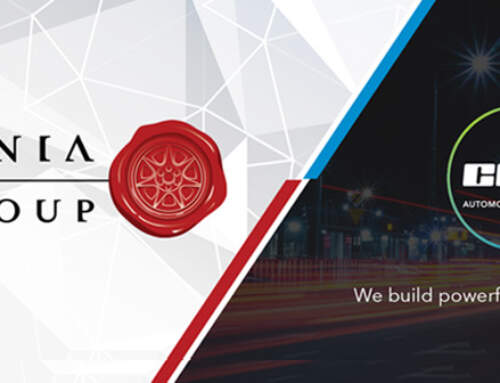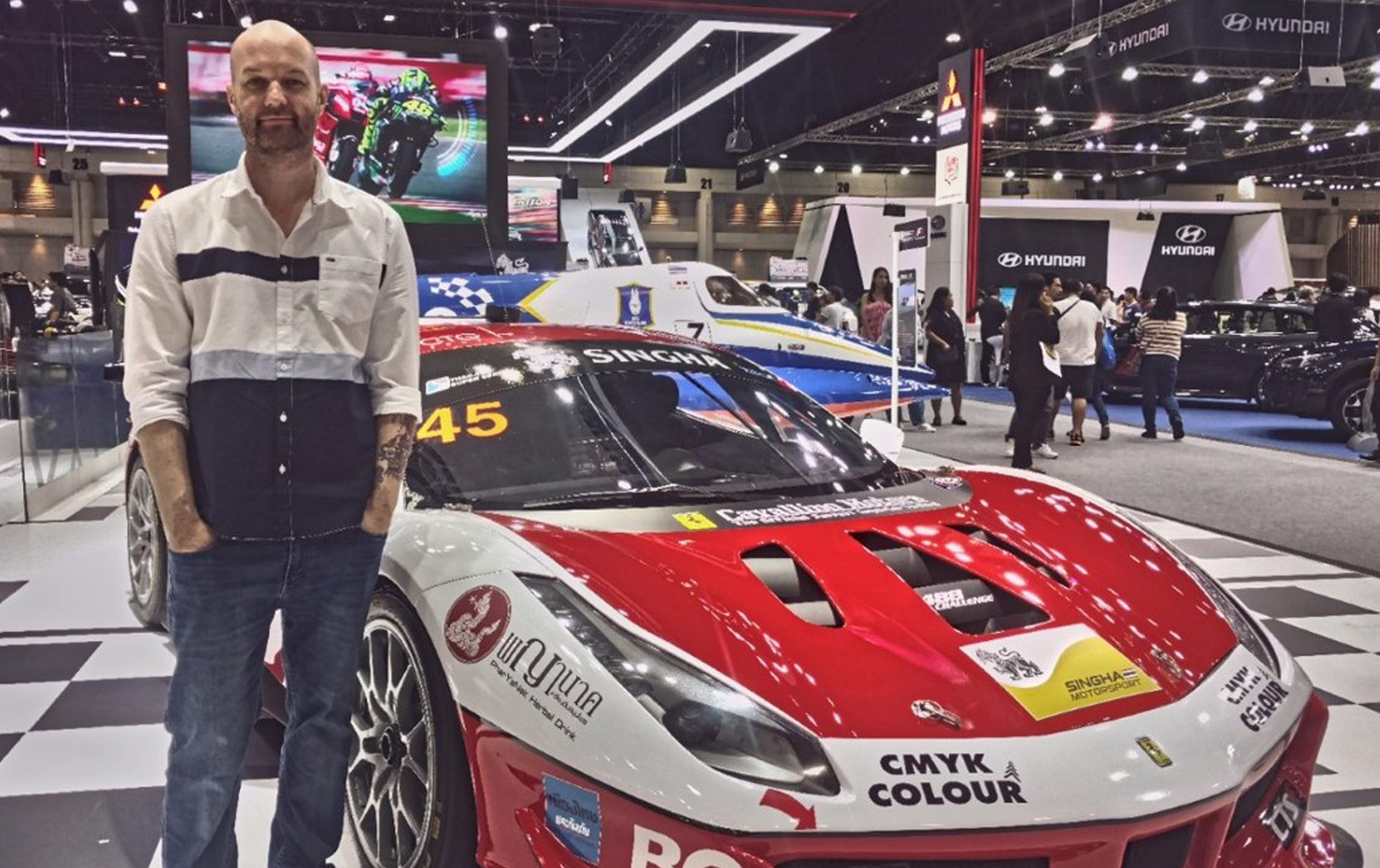High Performance Cars Mirror High Performance Marketing
 This guest post is written by our friend and associate, Robert J Flynn.
This guest post is written by our friend and associate, Robert J Flynn.
I grew up in the Motor City, and like many Detroit area natives I developed a passion for automobiles at a very young age. I started saving up money as soon as I was old enough to work to buy my first car – a 1969 Chevrolet Camaro, which I purchased shortly after my sixteenth birthday. The beauty about cars of that era was that they looked great, were fairly powerful and thankfully were relatively easy to maintain, repair and modify – something that I really learned to enjoy.
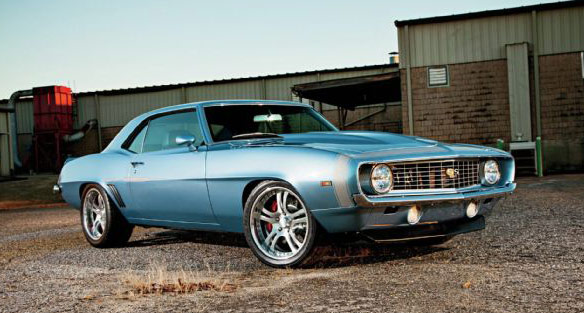
Not too long ago I visited my neighborhood car dealership and had the chance to test drive a 2016 Chevrolet Camaro; the difference between the modern Camaro and the one from my youth was nothing short of amazing. The modern Camaro I drove only had V6 power but it still produced nearly 100 more horsepower than my vintage V8, provided almost double the fuel economy and was decidedly quicker racing from zero to 60 miles per hour. The differences did not stop there, the modern Camaro handled much better, had vastly superior braking, was much more environmentally friendly and inside included modern conveniences such as a voice-activated GPS navigation system, satellite radio, head-up display and too many others to count.
As much as the enthusiast in me enjoyed the driving experience of the modern Camaro, I knew that it would never be a car that I could enjoy working on in the same way that I did with vintage Camaro of my youth – the car had become so technologically advanced that I no longer had the required training or sophisticated tools to handle the task. It occurred to me shortly thereafter that the same thing was true in my professional life. I have been working as a marketing and sales professional in the automotive industry for over two decades but if I still relied on the strategies and tactics that I used at the beginning of my career, much like the vintage Camaro, I would be left seriously out-gunned in today’s automotive market.
While vintage era automotive marketing could usually be handled internally (a brochure here, a trade show there), today’s marketing demands are exponentially more complex, requiring high performance marketing. For example, today’s automotive marketers must have a keen sense of social media, be able to produce content for multiple platforms, be able to optimize websites for either SEO or pay-per-click, be able to integrate activities with customer CRM platforms and be able to operate in an increasingly global economy. No longer are trade shows handled by a stack of brochures on a table staffed by a few sales people – modern trade shows are a highly coordinated event, with specific promotional activities both pre and post-show, with engaging content developed specially for the show and with all leads carefully cultivated, tracked and followed-up upon.
The advances in today’s marketing tools and tactics can drive impressive results, but just like the 2016 Camaro, modern automotive marketing is best left in the hands of a highly-skilled, trained professional.
